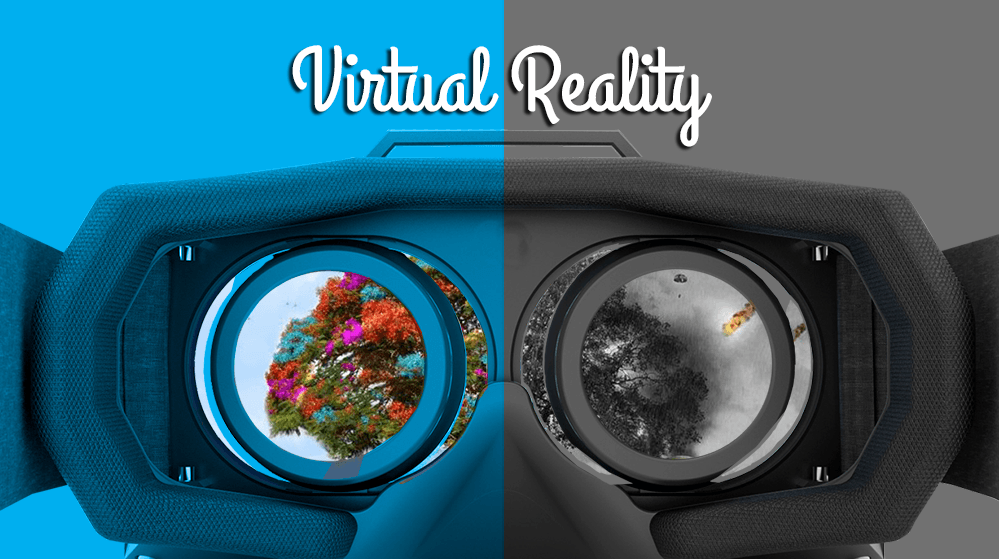Why Is Virtual Reality Slowly Failing?
Encouraged by Facebook's acquisition of Oculus in 2014 and the release of the Vive by HTC in partnership with Valve, it seems not too long ago that Virtual Reality (VR) was expected to become the next technological breakthrough. With the acquisition of AltspaceVR by Microsoft in 2017, people thought that this was it and, since a major player was now involved, VR was becoming mainstream. Not wanting to lag behind, Facebook launched two years later its own VR social platform called Facebook Horizon, and its founder, Mark Zuckerberg, decided he will be the one creating the metaverse, this legendary universe in which users can interact virtually with other users' avatars in a computer-generated environment. Facebook even renamed itself "Meta" in 2021 to show its commitment to developing the metaverse.
But in early 2023, Microsoft announced the end of Horizon Worlds while Meta quietly buried its metaverse project, and self-proclaimed metaverse experts rapidly switched hats to become Artificial Intelligence (AI) experts as ChatGPT was the new cool toy. But the truth is Virtual Reality has been around for decades, yet sales of VR headsets are plummeting despite significant drops in prices, and content is still barely available. It feels like VR has been stuck in its early adoption phase while many observers think that it has reached, once again, its full potential and that, despite the hype, it is nothing more than a fad.
The Failings Of Virtual Reality
VR's potential success as a consumer product only resides in the idea that, just because it looks cool, people will automatically want it. But this idea doesn’t take into account one of the most basic concepts of economics: want vs. need. A want is something you would like to have but is not absolutely necessary. It is just nice to have. A need, however, is something you have to have. Food is a need, and if you don’t eat, you will die. VR is a want. There is no significant consequence for not having it. Many new innovations fail because they are not targeted to a customer’s need. No matter how cool the product, it will not succeed if it is something nobody needs.
Why Is Virtual Reality Failing?
As mentioned above, in order to be successful, a technology must either be something enough customers need or at least want. Even better, it can be both. And right now, there are few, if any, needs VR can fill that cannot be filled by other technologies. The only value VR adds to the content it displays is immersion, and we know immersion can be achieved through much simpler ways; people get immersed in movies or video game action without VR headsets.
So, if VR is not a need, it has to be a want, something that is nice to have. It may be appealing to some consumers but, the thing with VR is, unless you had a chance to try it before, you need to spend lots of money on a headset and controller and expect that it meets your expectations. And you may also need to spend even more money on a PC powerful enough to run VR applications. And if that was not enough, you need a room with enough space to set up your VR kit. All of this, only to figure out that the headset is cumbersome and somewhat heavy, and using it for too long creates fatigue and disorientation.
In the end, VR is not even a want. At best, it is an experience, something you got to try at least once in your life but don’t necessarily want to do every day. This is probably why, according to GDC State of the Game Industry, developers' interest in VR is declining. While in 2017, 24% of game developers said they were working on a VR project, this number fell to 12% in 2023. If new content doesn’t show up, why would people buy the hardware?
Is VR A Fad?
As mentioned earlier, VR has been around for decades and is not leaving soon. The fad is the hype vendors created around it in the last few years. So-called experts saw a solution in VR and started looking for problems it could fix, only to soon realize that, although some use cases existed for VR, consumer applications such as the metaverse were not on the list. VR is not and never will be a consumer product, as most people have no need and little want for it.
The main use case where the immersive capability of VR can prove useful is probably training. In this field, VR has the potential to place learners in situations that would be difficult to reproduce in real life because it would be too risky, too expensive, or too complicated. You can fail and repeat exercises over and over without the consequences that failure would have in real life. But this requires sound, human-centered Instructional Design for it to be successful.
Conclusion
For the general public, Augmented Reality (AR) seems more viable. The experience of Pokémon Go, one of the most popular AR games to date, showed that you do not need extra hardware to enjoy it. Even stores developed AR applications where you can see how furniture would look in your home and even try new clothes or hairstyles. A simple smartphone screen can do the job, which means you can use it almost anywhere, unlike VR, where you are disconnected from the real world and can’t really go far as you can’t see where you go.
Just like the industry invested billions into 3D television only to watch consumers keep buying traditional TV sets, VR hardware vendors will see people keep buying traditional gaming consoles and computers because the value added by VR does not outweigh its costs. VR has long lived and is certainly not dead, but it will remain a niche technology for specific use cases.









